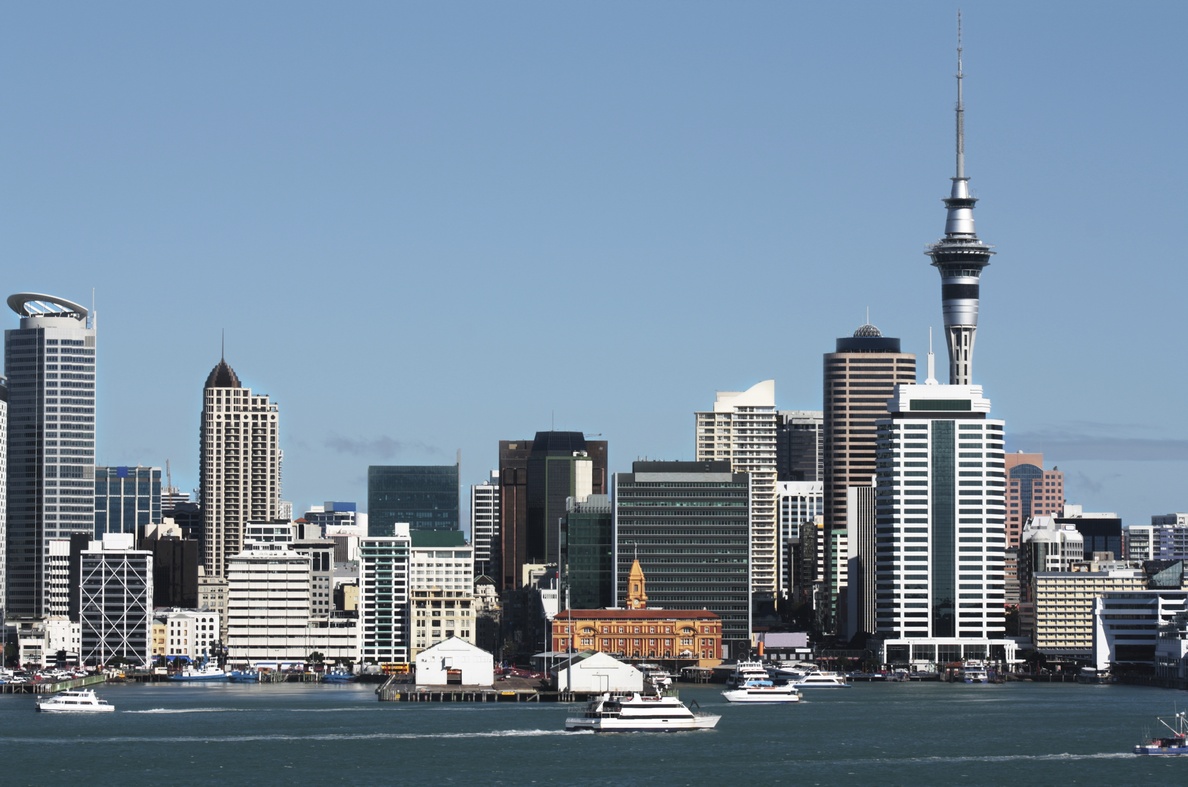National policy statement on urban development capacity 2016: Housing, business development Auckland
Author:
Auckland CouncilSource:
Auckland Council Research and Evaluation Unit, RIMUPublication date:
2017Topics:
EnvironmentFrom the executive summary:
Auckland is New Zealand’s largest city. Its population is estimated to be 1,657,2001. The land area of the Auckland region is 489,363 hectares, with the core urbanised area of the city covering just over 50,550 hectares. As well as being large, Auckland is also growing; in the last 10 years the region’s population grew by 16 per cent or 223,900 people2. The city’s population is projected to continue growing with an anticipated increase of 833,000 people between 2013 and 2043 – this increase accounts for more than half of New Zealand’s population growth over this time (Statistics New Zealand, 2017). As well as an increase in population, the core urbanised area of the city is expected to increase in size also; the extent of the ‘urban’ and ‘future urban’ type zones the Auckland Unitary Plan (operative in part, November 2016) cover 59,453ha, potentially increasing the city’s main urban area by 18 per cent.
Growth pressures and the changing nature of New Zealand’s urban areas have led to the creation of National Policy Statement on Urban Development Capacity (NPS-UDC). The NPS-UDC is designed to provide direction to local councils to help them make informed decisions about planning in urban environments, ensuring that they “enable urban environments to grow and change in response to the changing needs of the communities, and future generations; and provide enough space for their populations to happily live and work. This can be both through allowing development to go “up” by intensifying existing urban areas, and “out” by releasing land in greenfield areas” (Ministry for the Environment & Ministry of Business Innovation and Employment, 2016). The NPS-UDC covers both housing and business, and seeks to make sure that planning decisions occur with evidence and understanding of land and development markets, and that planning enables enough supply of housing and business space to meet current and future demand.
The NPS-UDC requires Auckland Council to produce a housing and business development capacity assessment every three years. The first assessment is due by the 31st of December 2017. This report details the methods and results of our housing and business development capacity assessment.
December 2017
